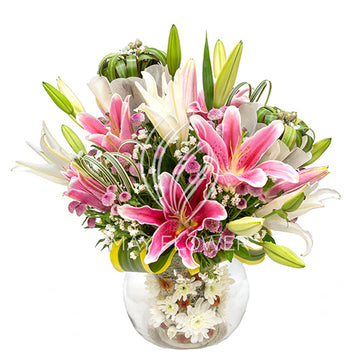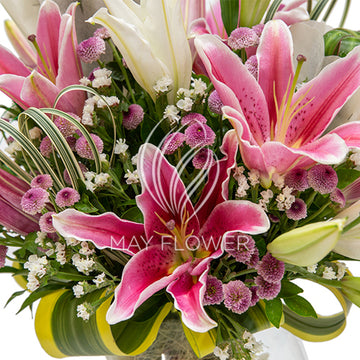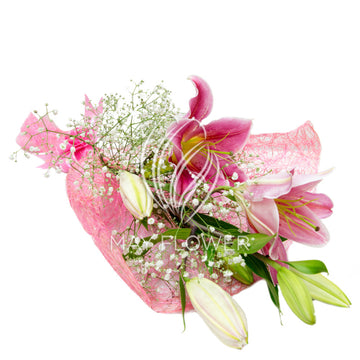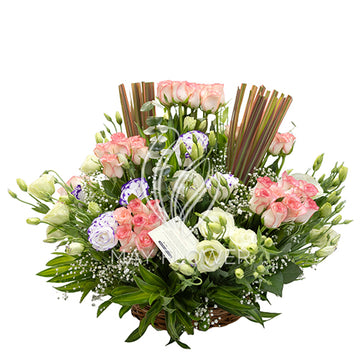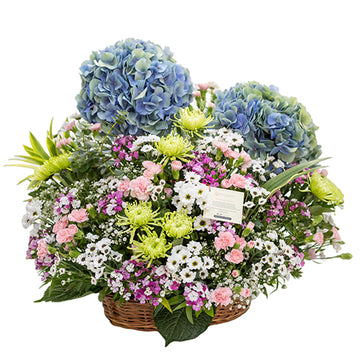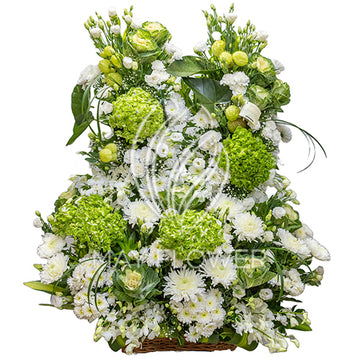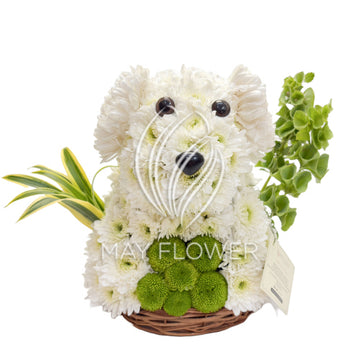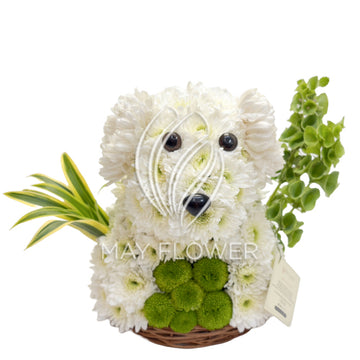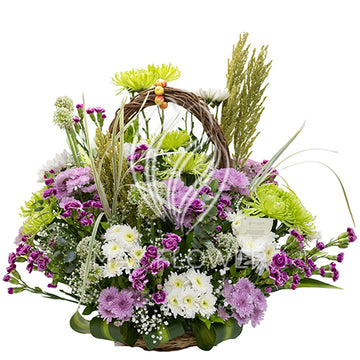Flower Rangoli
Floral Rangoli
Rangoli is a folk art from India. Rangoli is made in living rooms and courtyards floors during Hindu festivals and ceremonies like wedding and events. Rangoli is sacred and used for welcoming Hindu deities. The art has been passed down through ages, from each generation to next generation keeping the art and tradition alive. Rangoli design is created by using colors, dry flour, colored rice or flower petals.
Rangoli is generally practiced by women as means of decoration. The design varies reflecting the traditions, folklore and practices which are customary to that part of area. It goes by name of Kolam in Tamil Nadu, ChowkPurna/Chowk Puja in Central & Northen States of India, Ossa in Orissa, Alpana in West Bengal and many more.
Rangoli design can be simple geometric shapes, flower petals shaped, impressions of deities, or birds, but the design mostly depends on the occasion. Like “Swastika” which is sacred symbol of auspiciousness can be used during any occasion whereas impression of impression of Goddess Saraswati is used in functions related to academics, music and arts as she is Goddess of learning or lamps which are used for decorations during Diwali.
Rangoli is a decorative and colourful design made on the floors especially during festive occasions. These are considered sacred and are meant to serve as welcoming areas to Gods. Rangolis are usually colourful (though you can find monochrome designs too) and are made using several materials like flower petals, rice, flour etc. In Eastern and Southern regions, Rangolis are made using a mixture made of grounded rice mixed with water, and are specially called Kolams (in Tamil Nadu). So each region has its own ways of doing their rangolis.
The most common flowers used in Flower rangolis are:
Daisies, roses and marigolds. Not just flowers but leaves are used in flower Rangoli too
